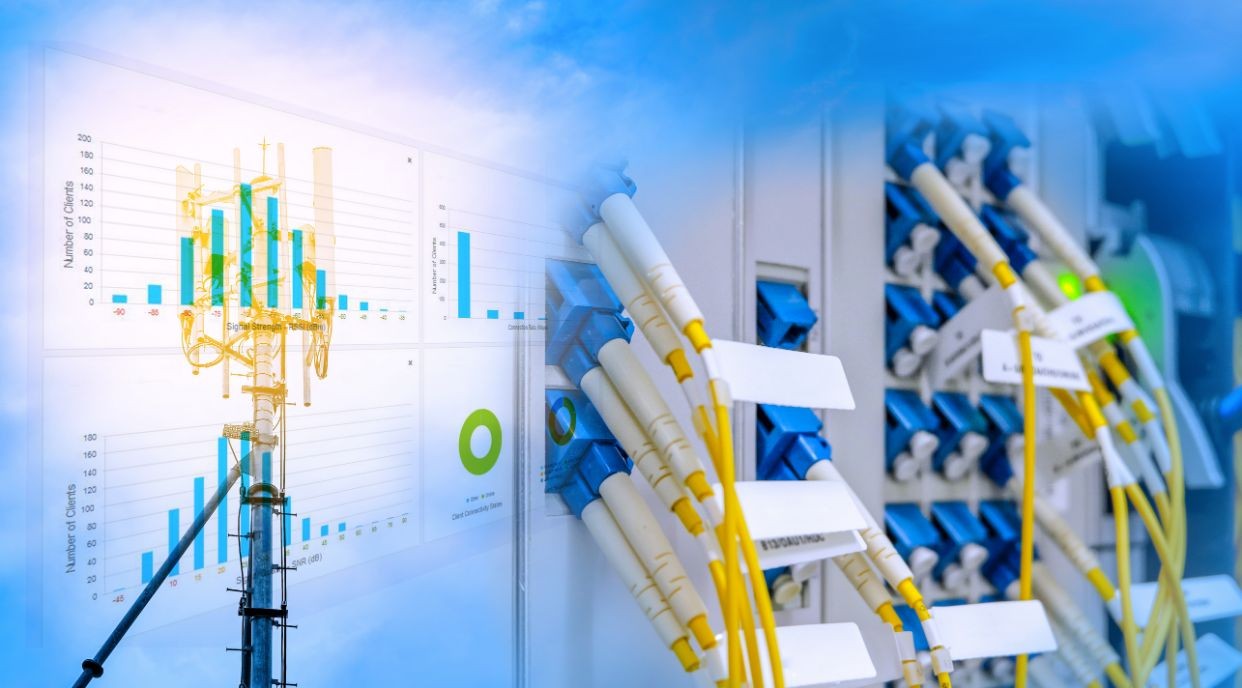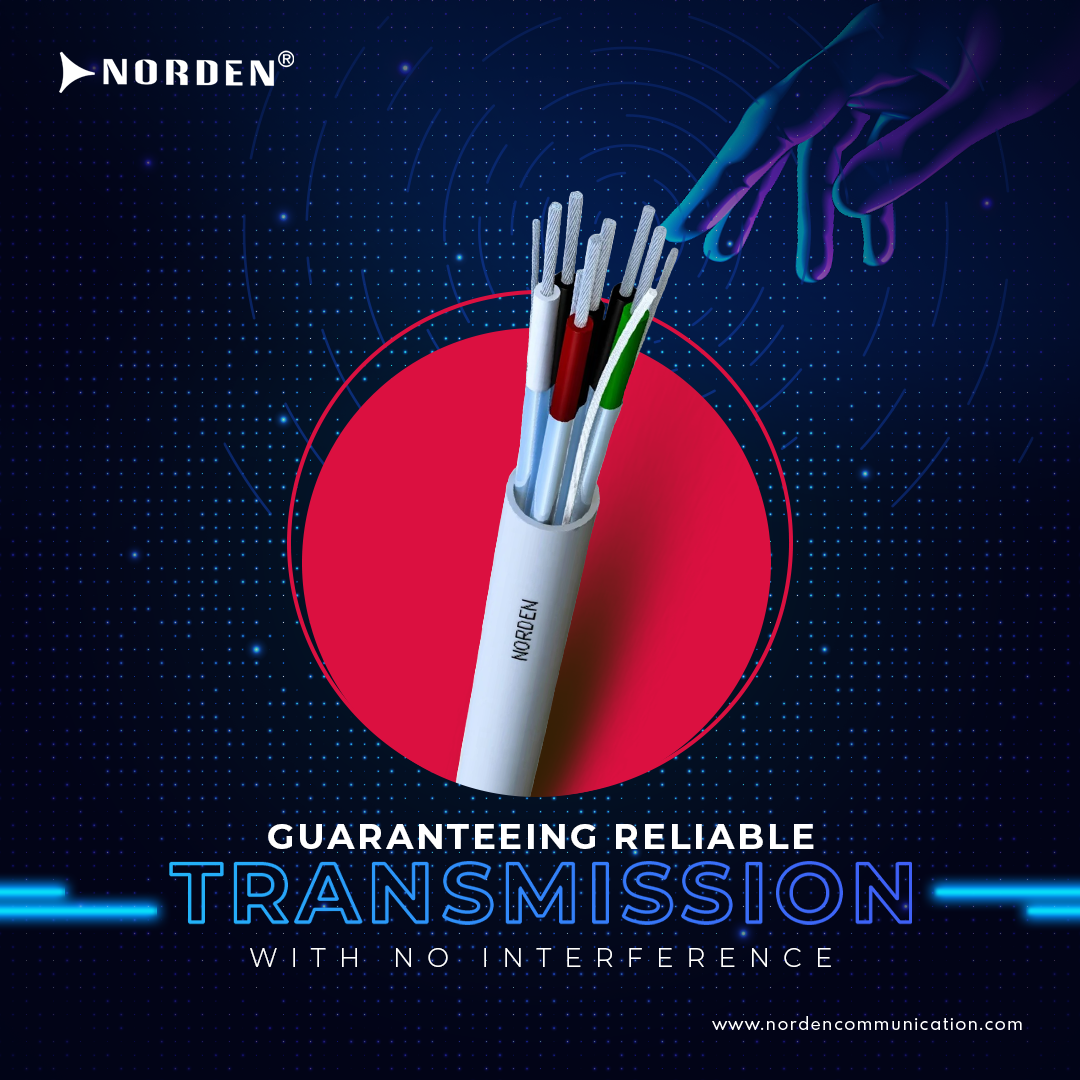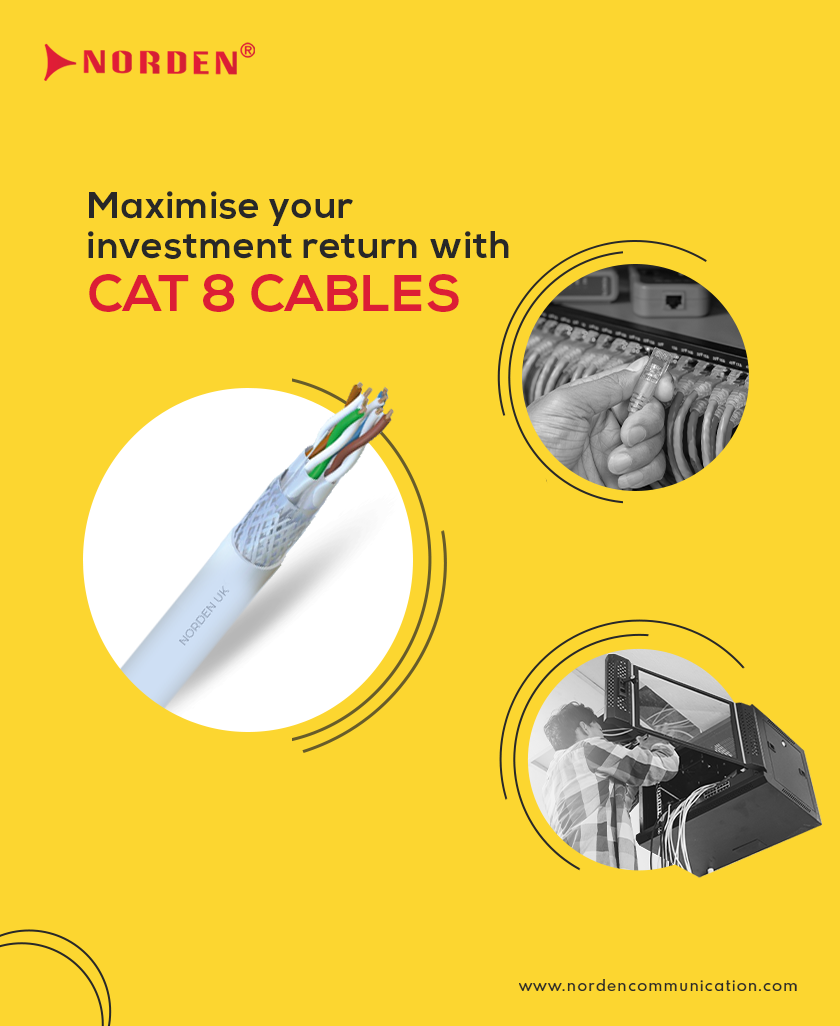Fill out your details and our executive will get in touch with you soon.







































































































































Data cabling is one of the network engineering disciplines that has had a long and winding history. Everything above the cabling layer, from switches to workstations, can go through many upgrade cycles before the cabling is renovated. The interesting point is that the cabling is a network's longest-lasting component. Pre-selecting the optimal cabling option for your company saves both time and money. This article gives you a heads-up on how to choose the right structured cabling infrastructure for your business.
The cabling Infrastructure typically lasts ten years on average, and simple structured cabling can sustain up to three generations of active electronic devices. Before we get into the guidelines for choosing the best cable architecture, it's important to first understand the different types of cabling structures in the market.
While there are dozens of cable types now in use for data and telecom network cabling, they all fall into one of three categories, which are distinguished by the transmission media (the material that transmits electrical signals) and the structure of the transmission medium.
The three most prevalent cable types are:
This cable is often referred to as "coax'' and has a copper-based transmission medium. Coaxial cables were not designed with a computer network in mind. Even though their use in computer networks has been phased down, they are still in use.
When there were no dedicated media cables available for computer networks at the start of the industry, network administrators began constructing networks with coaxial cables.

Fiber optic cable uses light to send data over a long distance. By using light rather than electronic signals, it eliminates the problem of electrical obstruction. This makes them ideal for environments where there is a lot of electrical interference. Because of its resistance to lighting and moisture, it has become the industry standard for linking networks between buildings.
The most common type of network cable is the twisted-pair cable. Twisted-pair cable employs copper as the transmission medium. Choosing the right twisted pair cable type from a multitude of options isn't always easy. Because twisted-pair cable is the fabric of a user-facing office network, it can have a significant impact on the efficiency of a company's everyday operations – and represents a significant portion of a network's cabling cost.
There are almost eight categories of Twisted pairs so far.
Cat 1, Cat 2, Cat 3, Cat 4 and Cat 5 categories of twisted pairs are no longer used in any of the modern LAN networks.
Cat 5e, Cat 6, Cat 6A, are the most commonly used categories in networking. Norden Communication being the pioneer in the cable manufacturing industry, has come up with a wide range of products in Cat 7, and exclusive products in Cat 7a and Cat 8 cables.
Cat 7, Cat 7A, Cat 8 are comparatively new inductions in the industry and are surging in popularity due to their extensive features and feasibility.

Before installing network cabling, a business owner must first determine a few things. Decisions or specific answers to some facts would save time, money, and effort for businesses.
Being the business owner you should evaluate if your organisation owns or leases the building. If you own, decide the primary uses and data transfer speed. If you're leasing, figure out how long you'll be there and how much space you'll need for your company's signature services.
If you're installing any PoE equipment, such as a VoIP phone system, cameras, door access, WIFI, at least cat 6 cable is advised. Because Cat 6 and higher rated cabling can manage the power necessary for these devices better than Cat5e cabling.
If you have a training or conference room that necessitates a consistent high-speed Internet connection you need to strongly focus on technology and infrastructure. A minimum of Cat 6 or higher is recommended.
Industrial-grade cables with an outer sheath suitable for harsh conditions are required in manufacturing and automotive facilities. If you are a manufacturing company or an automotive plant, this heavy-duty cabling can prevent damage from Electromagnetic Interference (EMI) and hazardous items.
Installing the best cabling available is usually preferable from a future-proofing standpoint. This is due to the difficulty of replacing cabling inside walls, in ducts beneath floors, and other difficult-to-reach locations. The reasoning behind this is that cabling should endure at least ten years and sustain four to five generations of equipment throughout that time. When choosing cabling infrastructure, keep in mind that future technology will require substantially higher data speeds. It is strongly advised to use higher-category cabling, such as cat 6, cat 7, and so on.
Network cabling that is structured is critical to a company's performance and success. Norden Communication understands the necessity of developing and installing cabling that is tailored to each company's specific needs.
As industry-leading cable makers, Norden Communication considers a number of variables to ensure that you have the best cabling infrastructure possible. The architectural structure and size of the building in which your business is housed, the devices in the existing network, the speed at which the data has to be transferred etc. are taken into account.
Contact us today to speak with one of our specialists about planning and installing a highly reliable and future-proof cabling infrastructure for your company.



















670e36be8e61d.png)